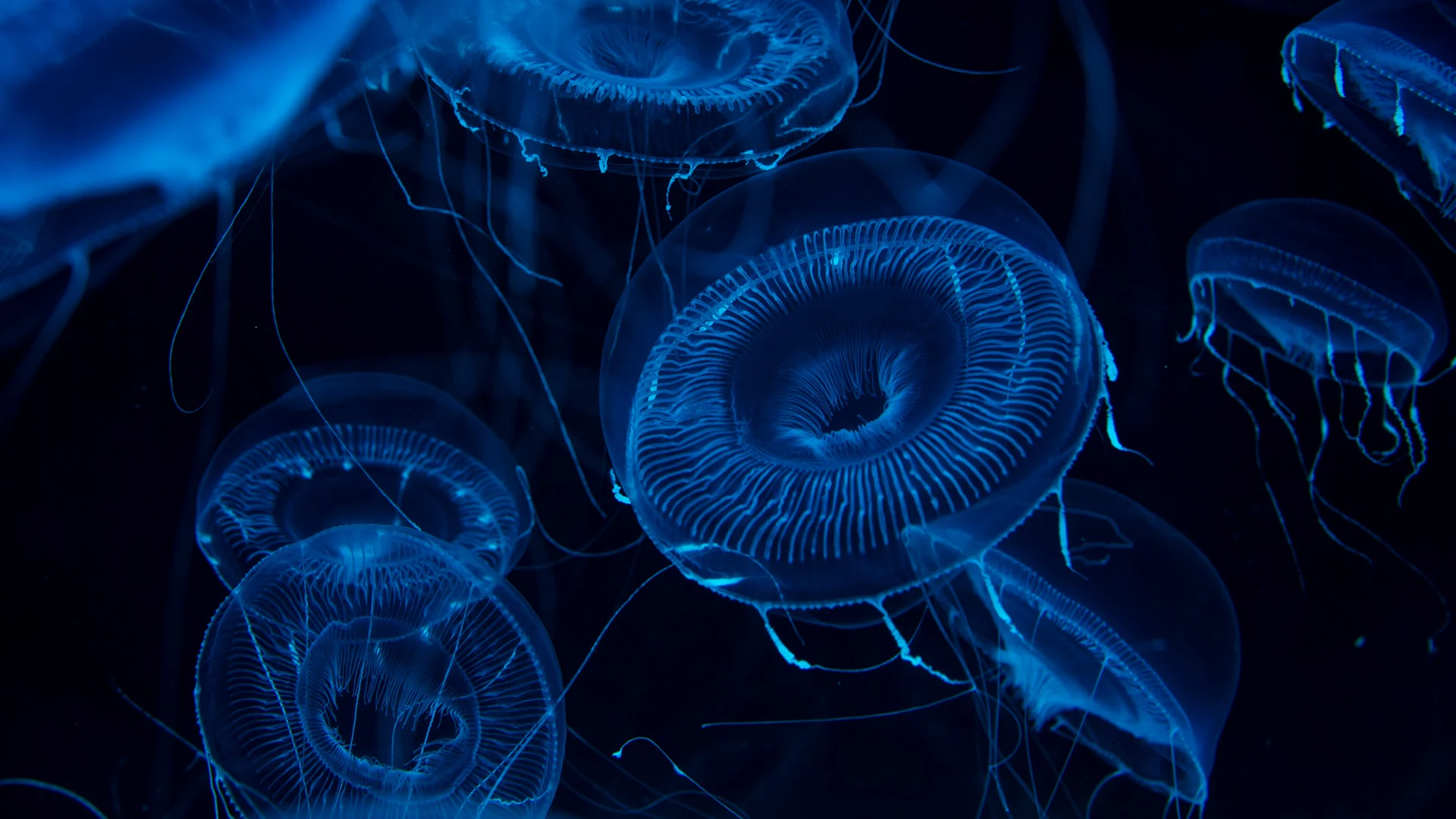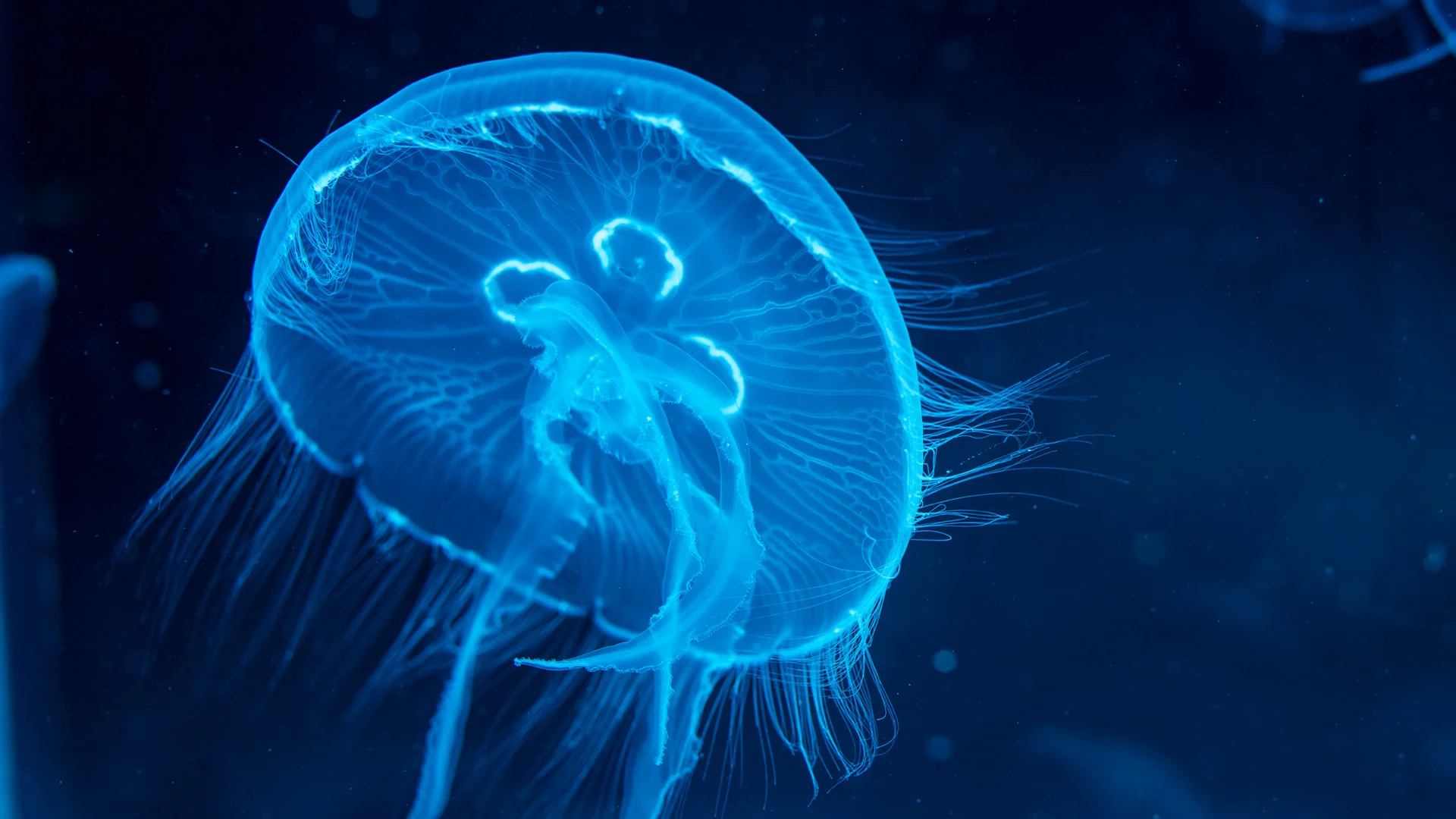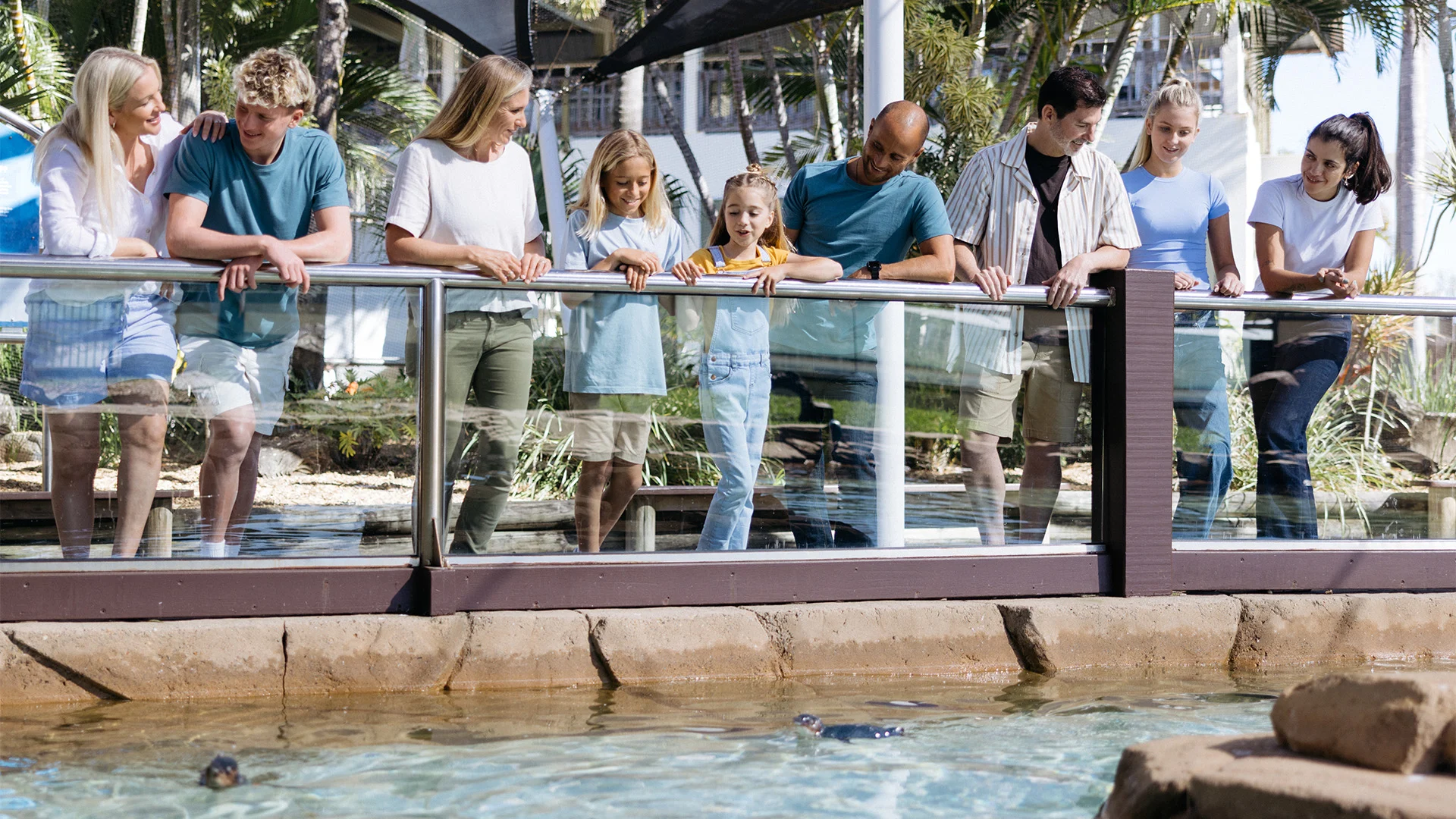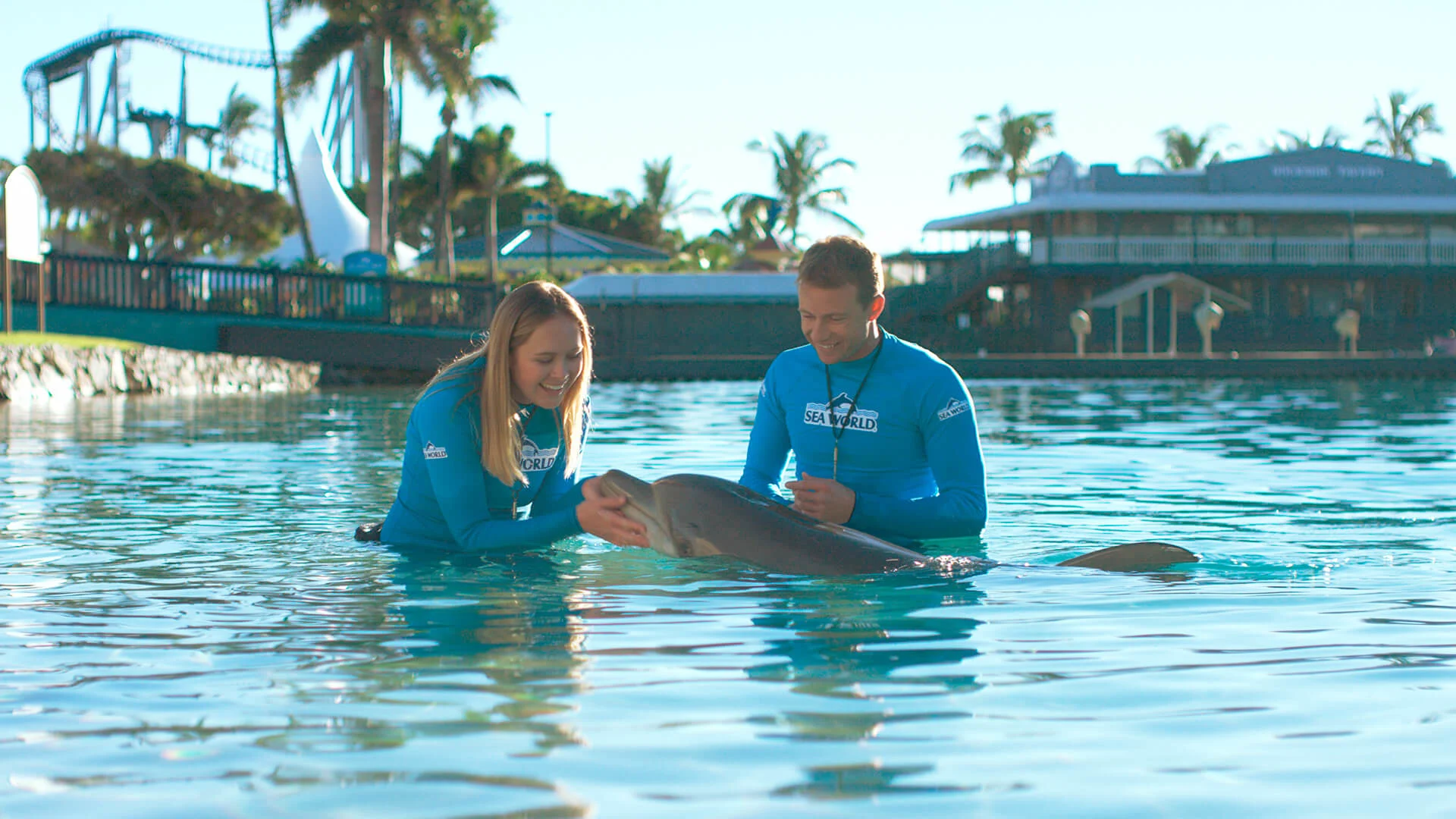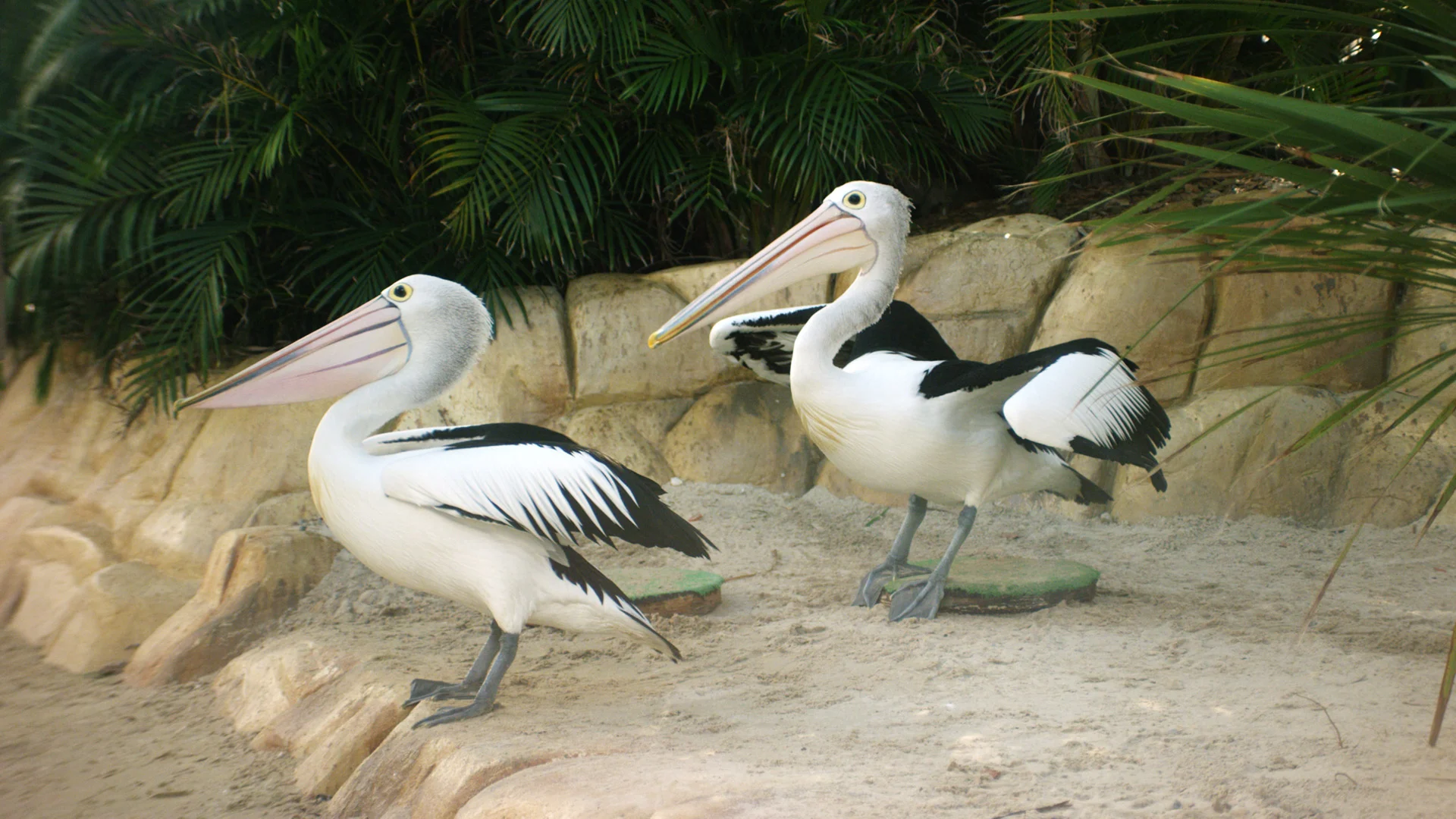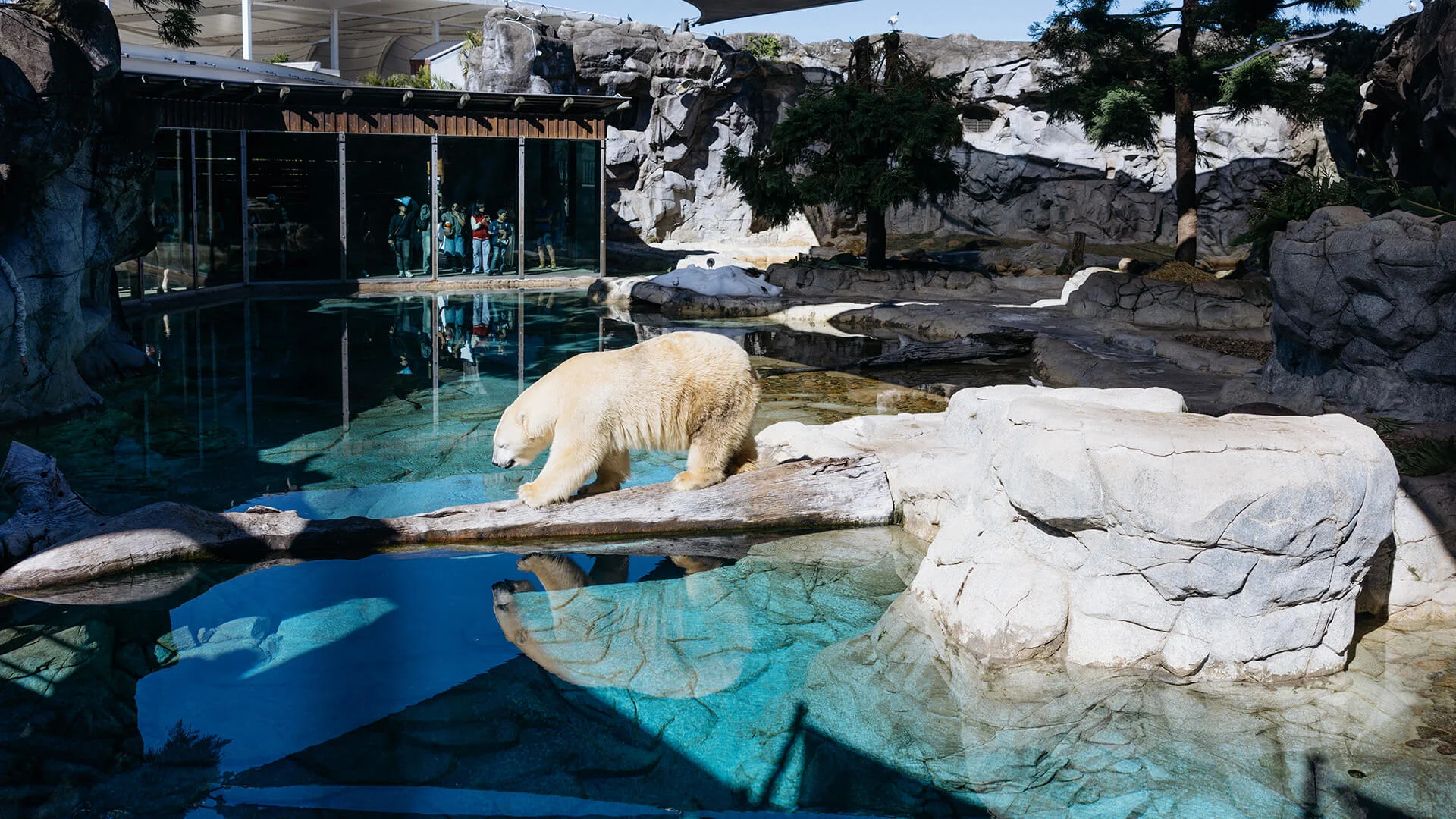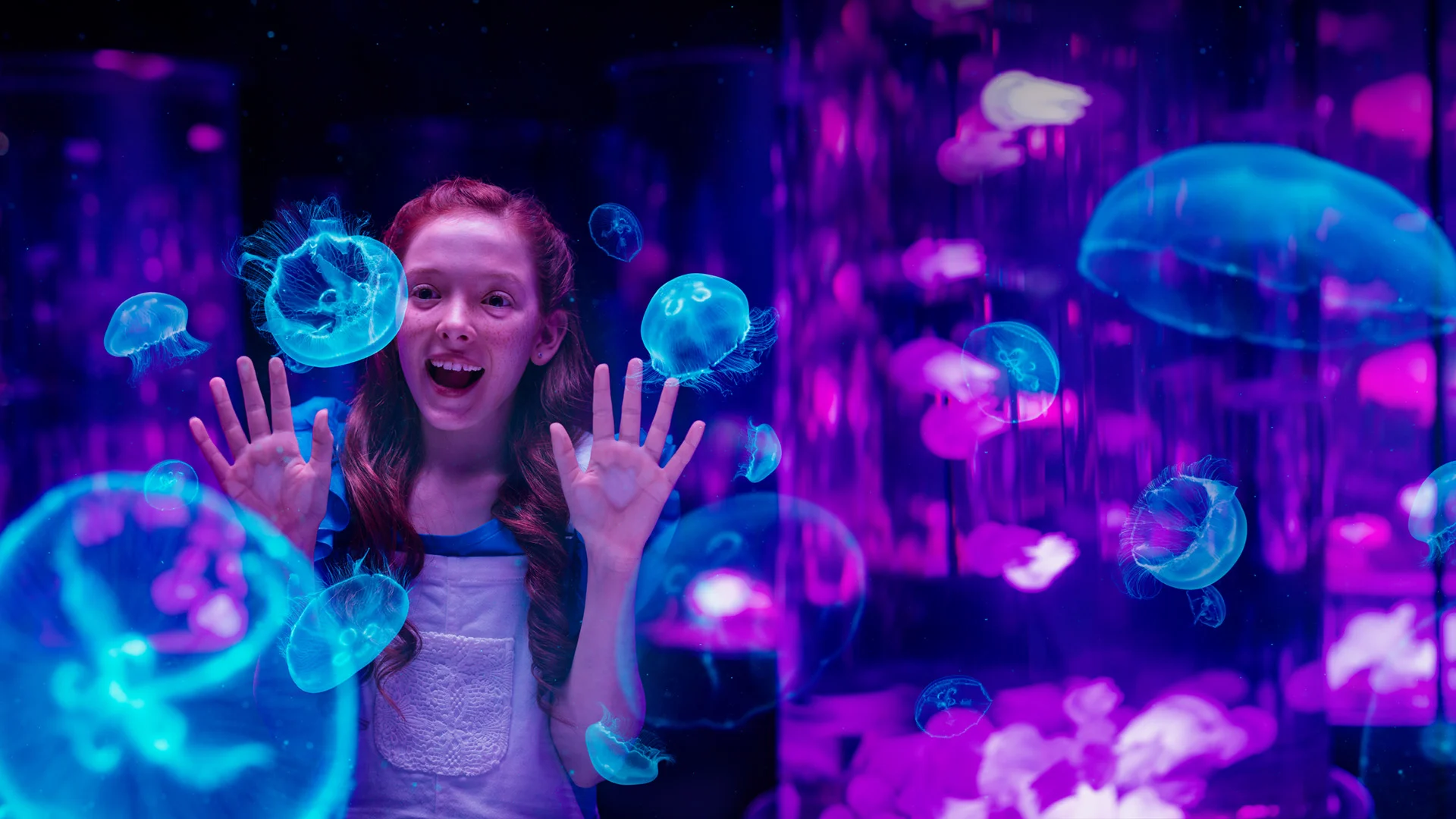
Sea Jellies Illuminated
Experience Sea Jellies like never before with an illuminated backdrop full of colour and life. Plus, learn all about these amazing creatures in the first of its kind operating research laboratory from Griffith University.
Fun Facts about Sea Jellies!
Learn More about Sea Jellies
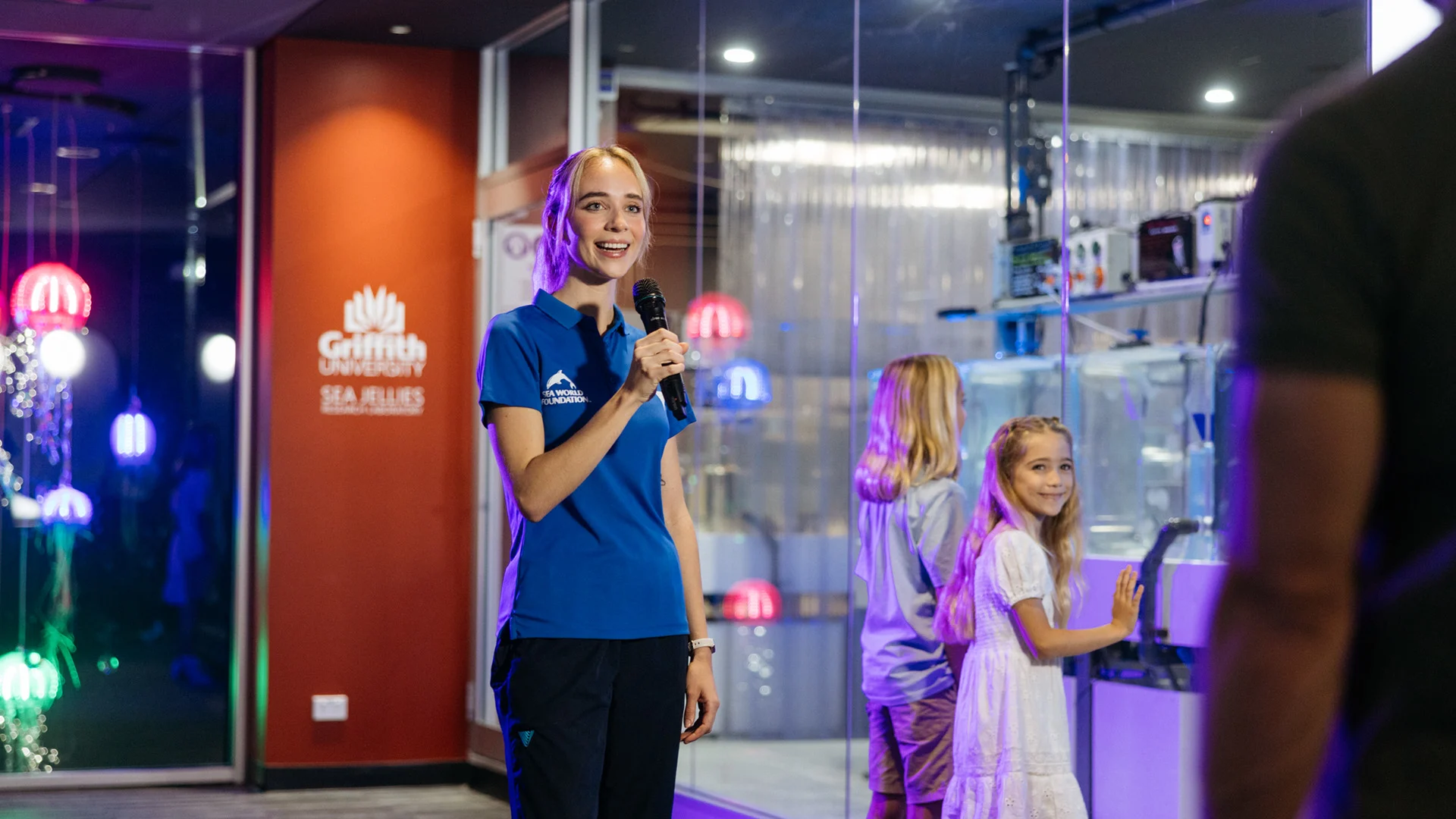
Sea Jellies Educational Talk
Want to learn more about these cryptic and fascinating animals that are found all over the globe and don’t even have a brain? Visit Sea Jellies Illuminated, to hear all about the role Sea Jellies play in the ocean.
Want to learn more about these cryptic and fascinating animals that are found all over the globe and don’t even have a brain? Visit Sea Jellies Illuminated, to hear all about the role Sea Jellies play in the ocean.
Partners


Exhibit Location
Located towards the front of the park as you enter Sea World, head to left at Top Terrace and down the ramp. Sea Jellies Illuminated is located opposite the Nickelodeon Store. Fully accessible with an internal lift.

